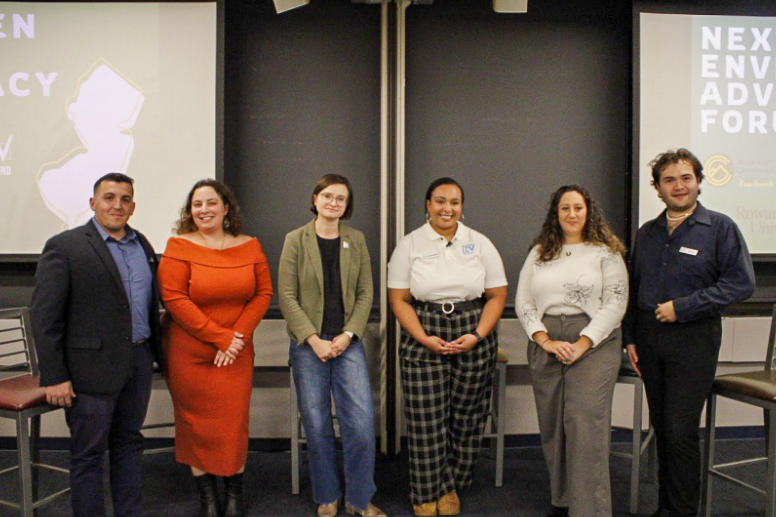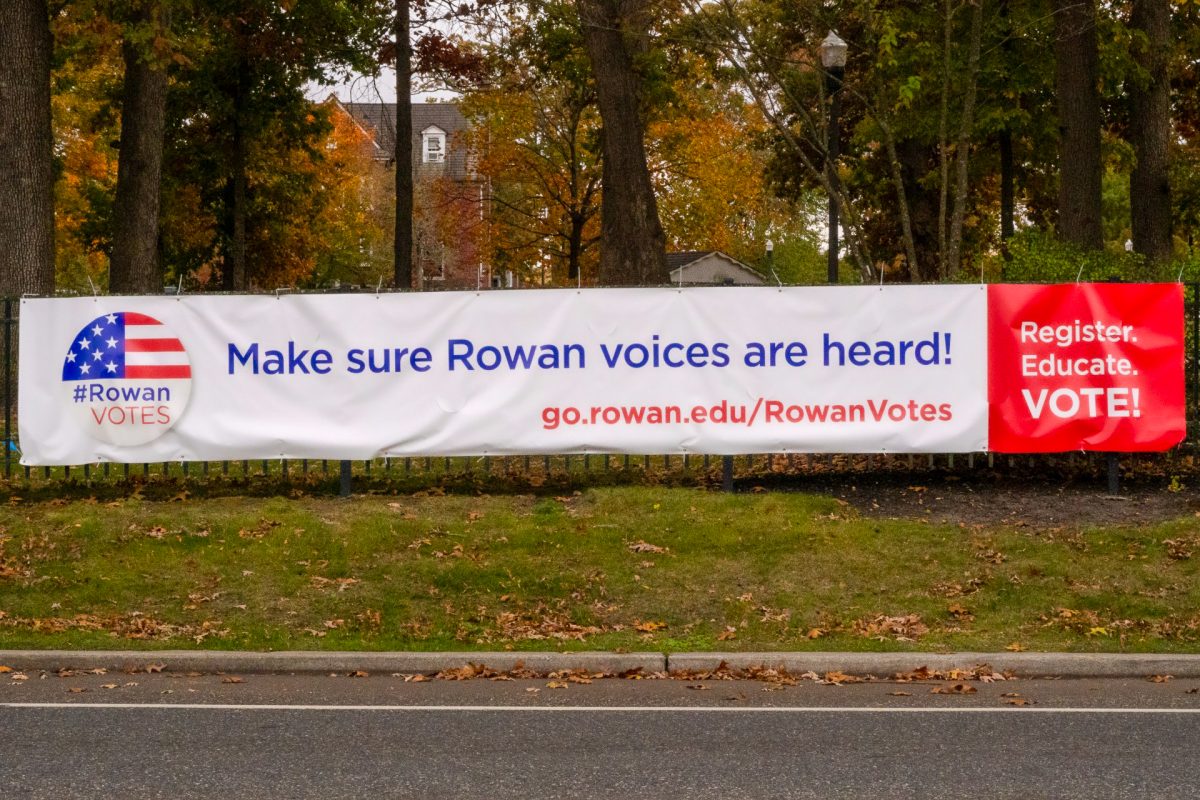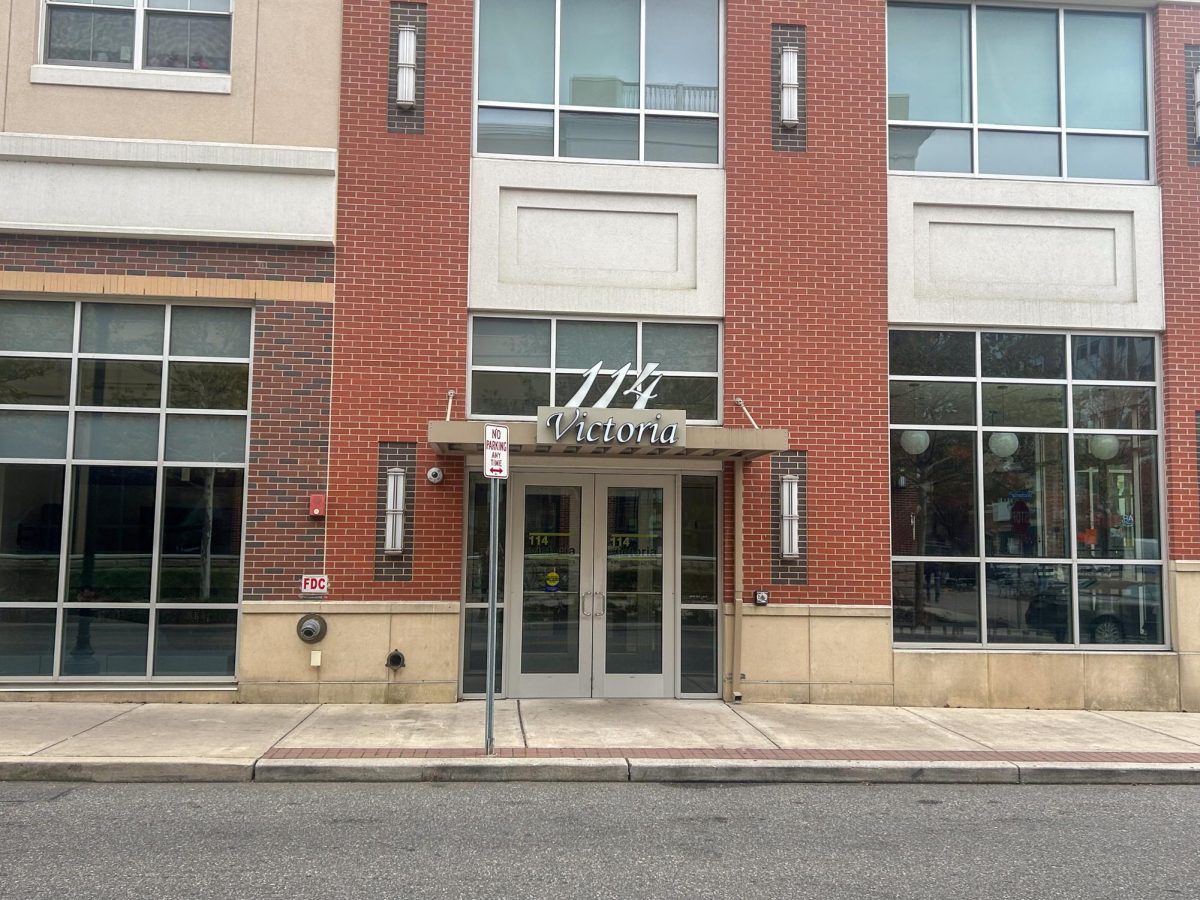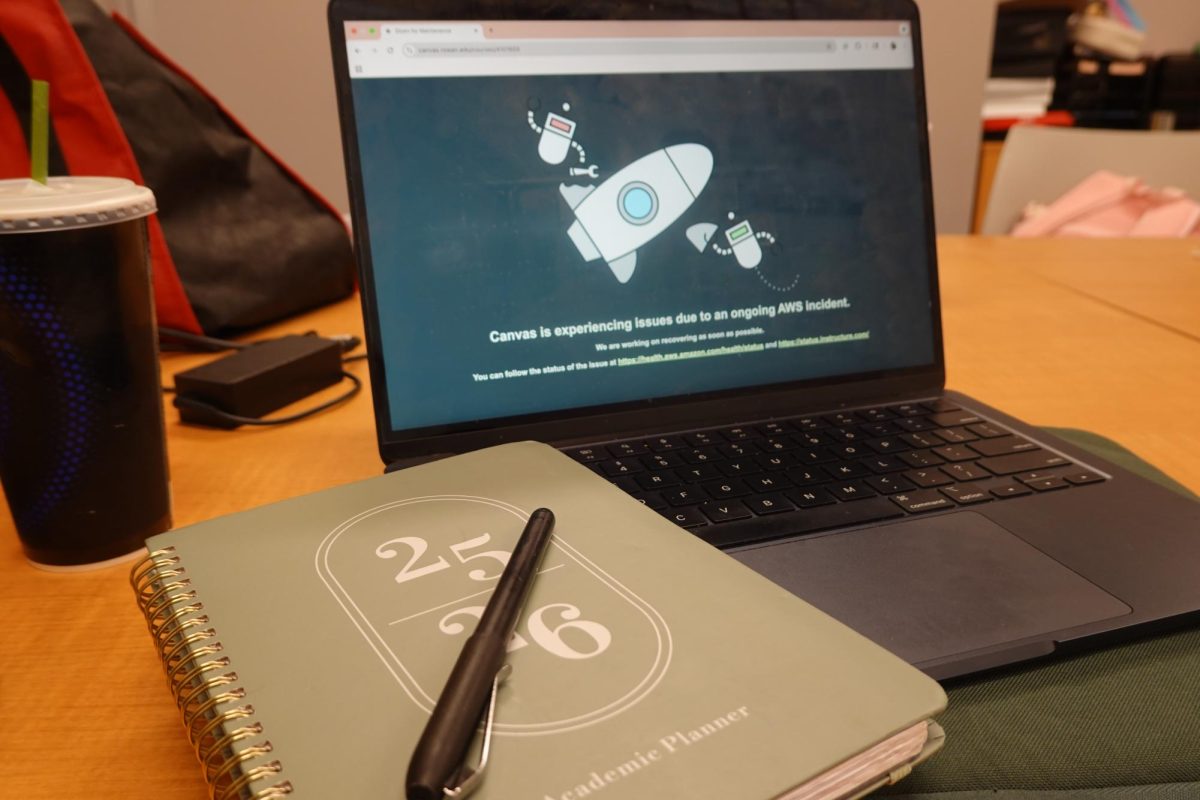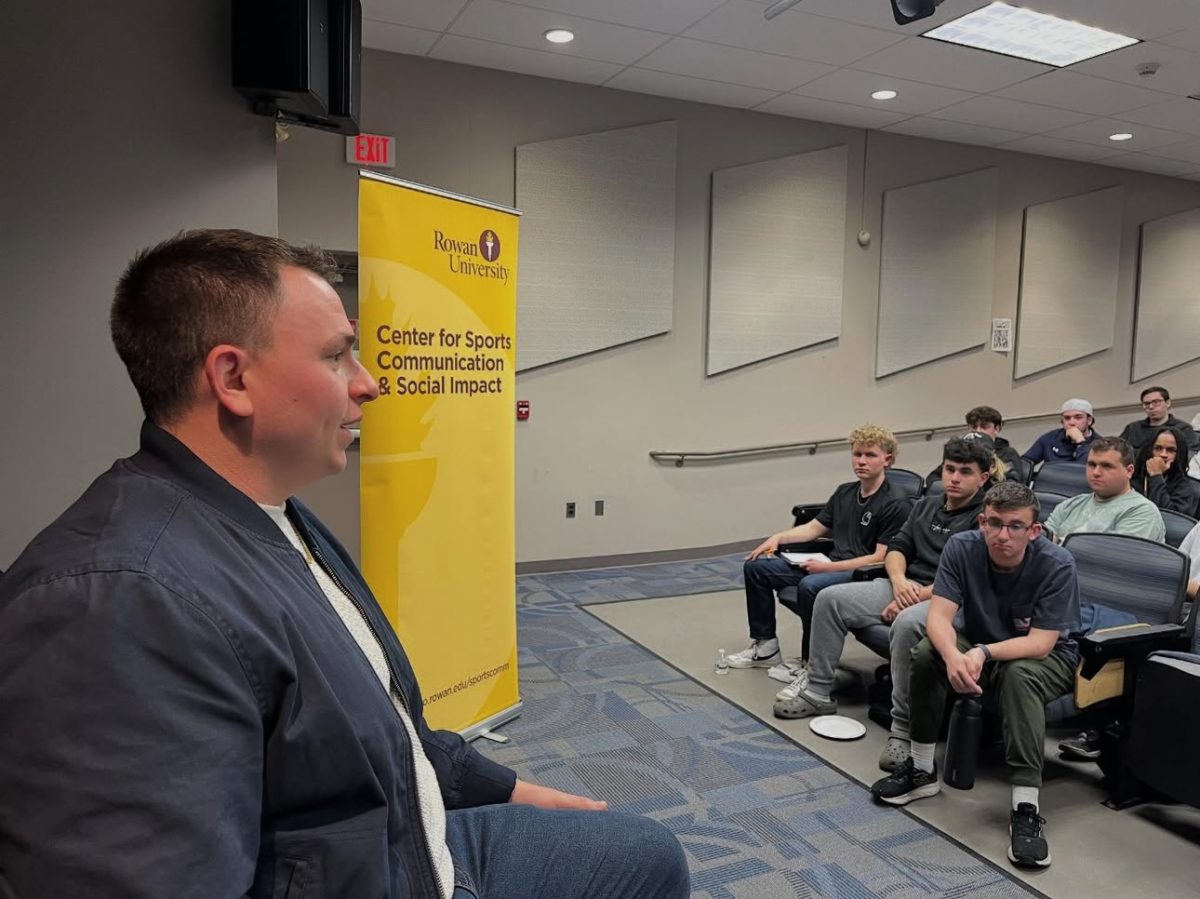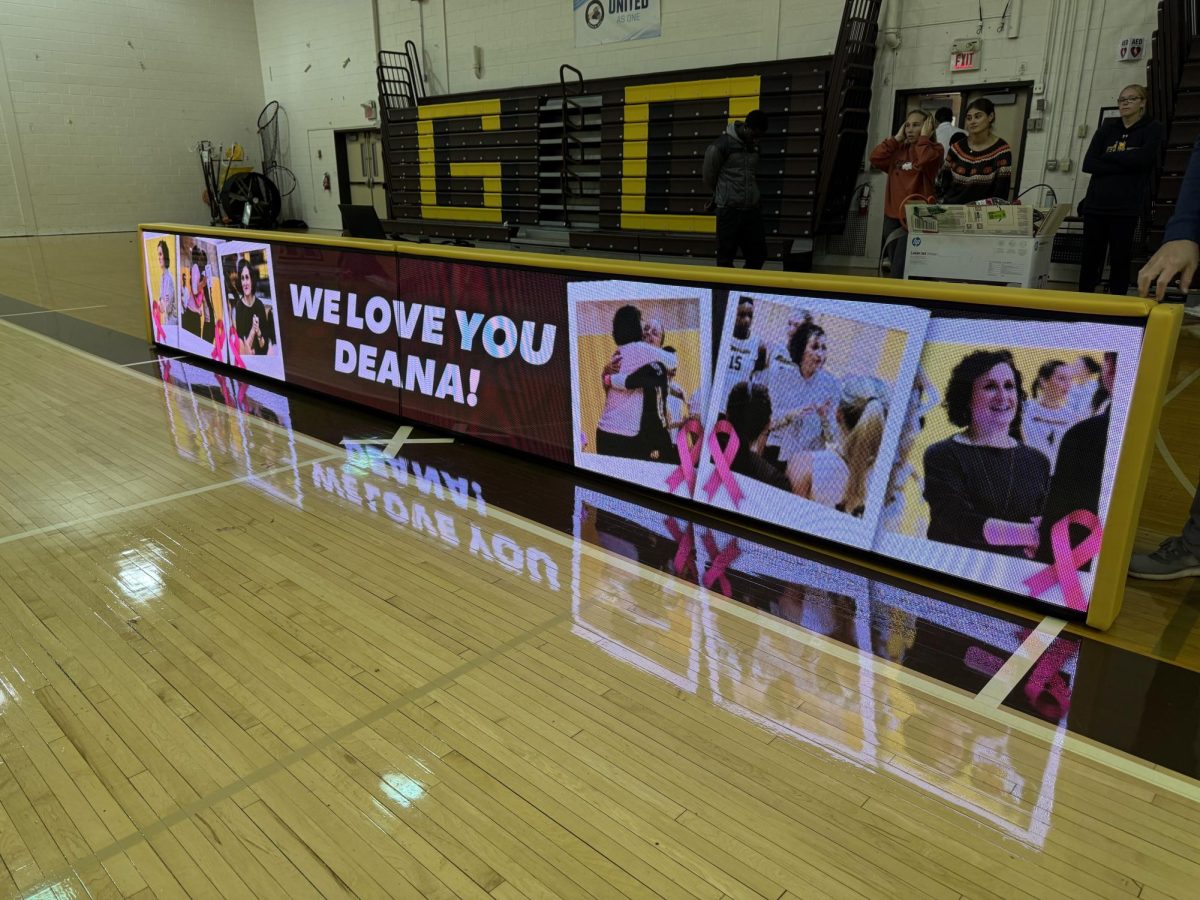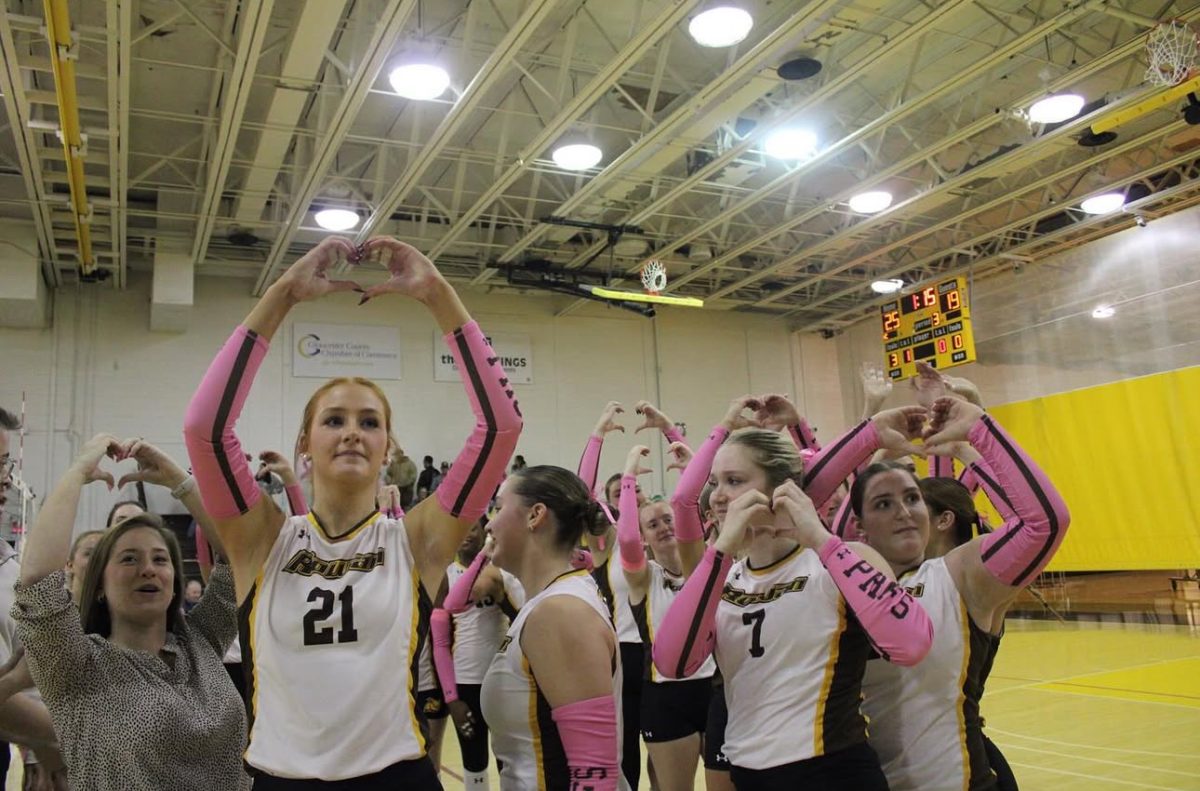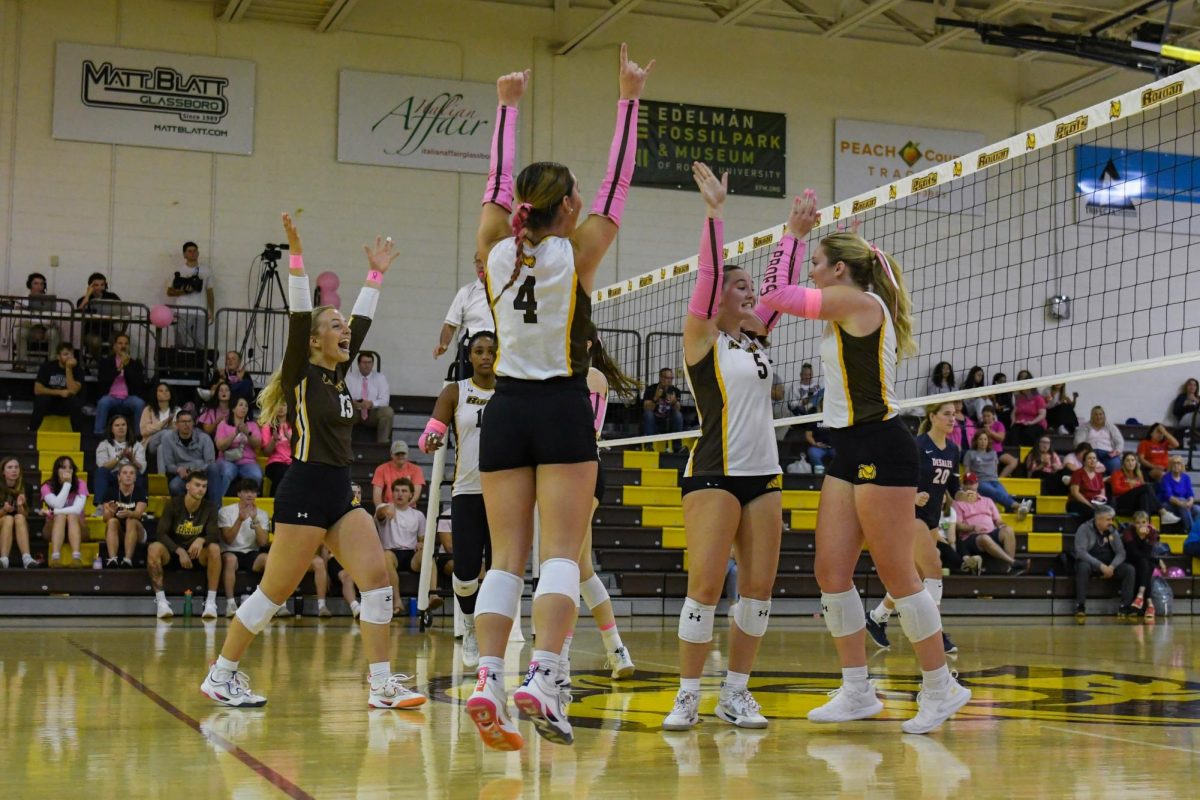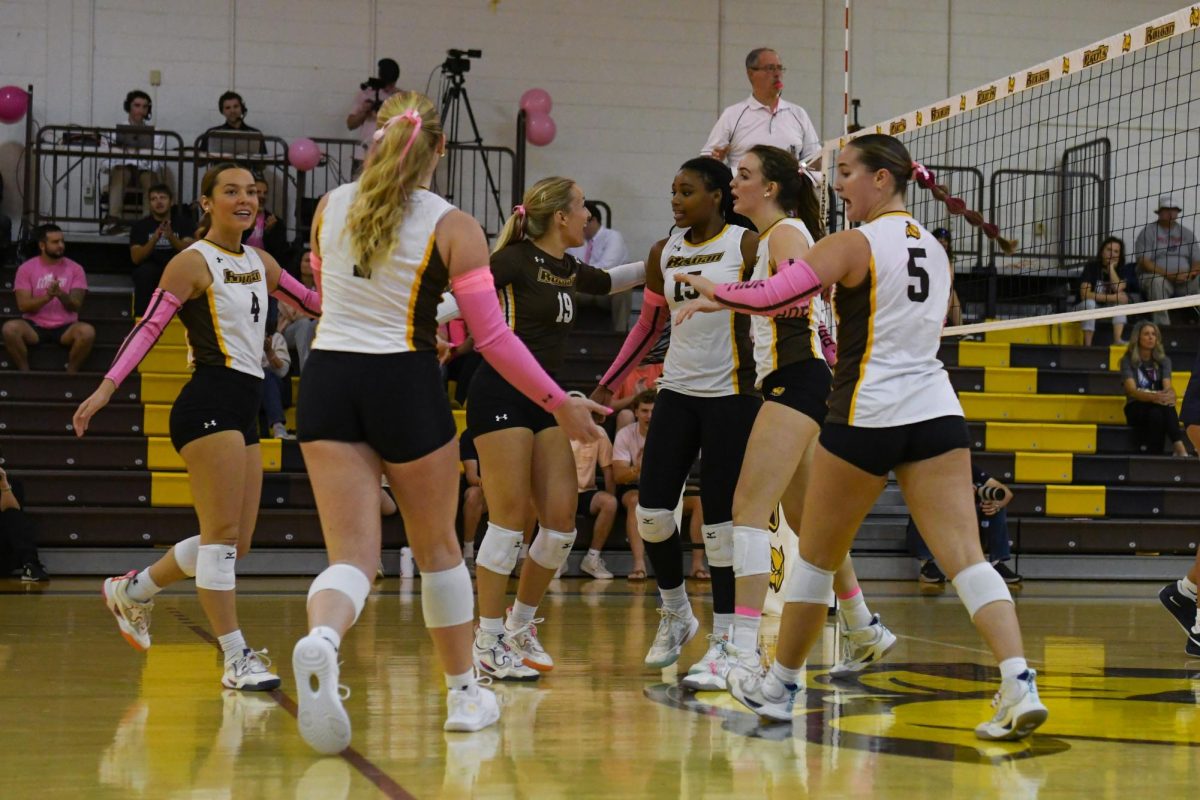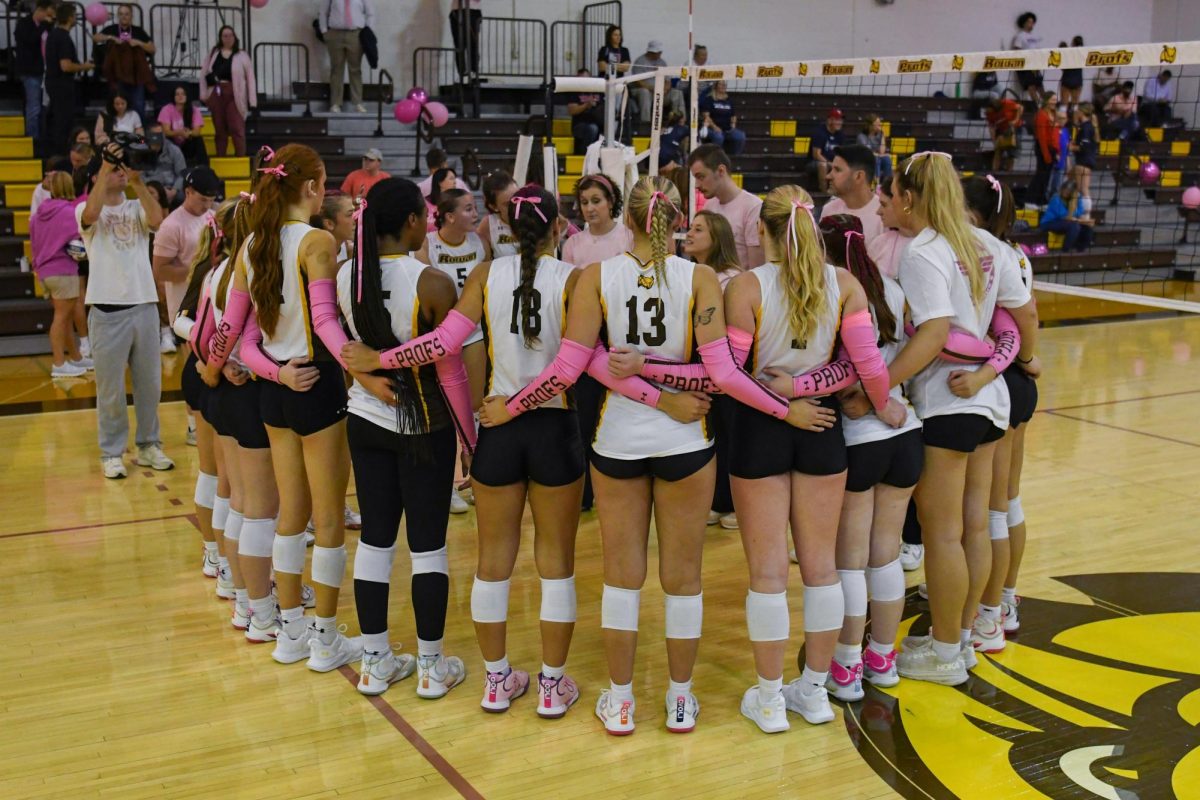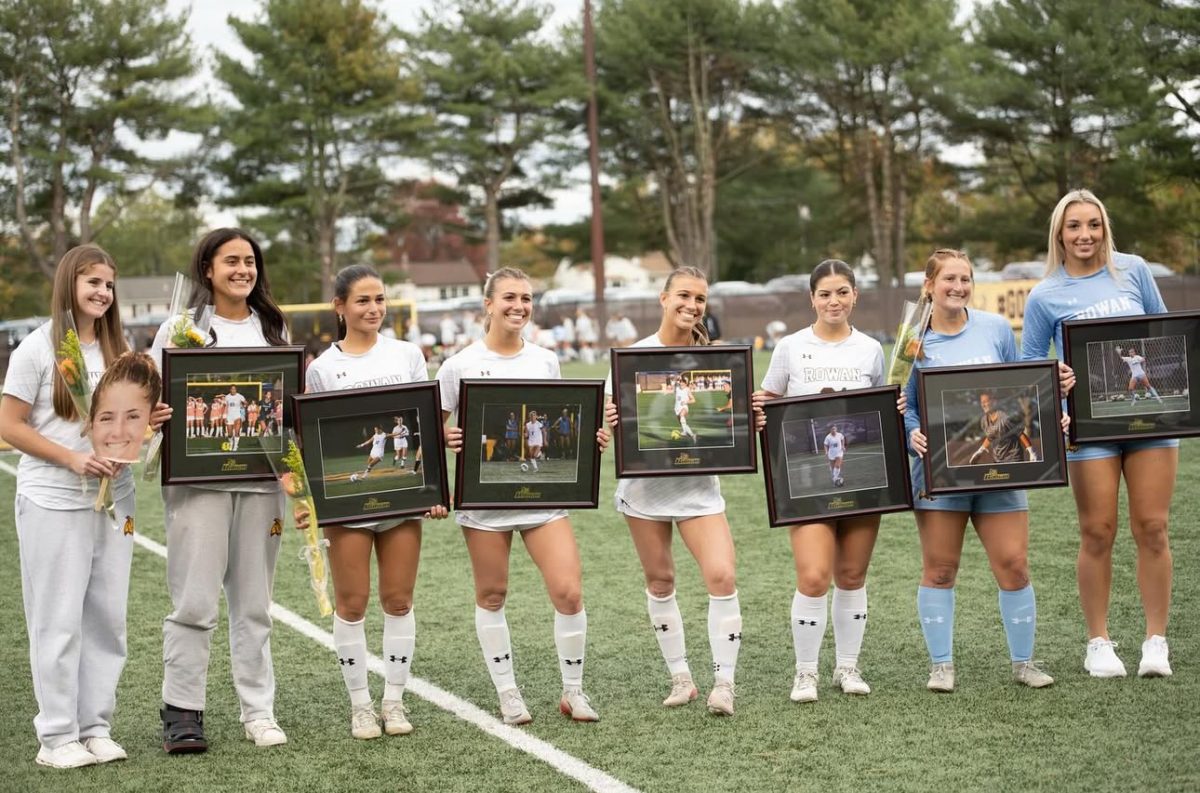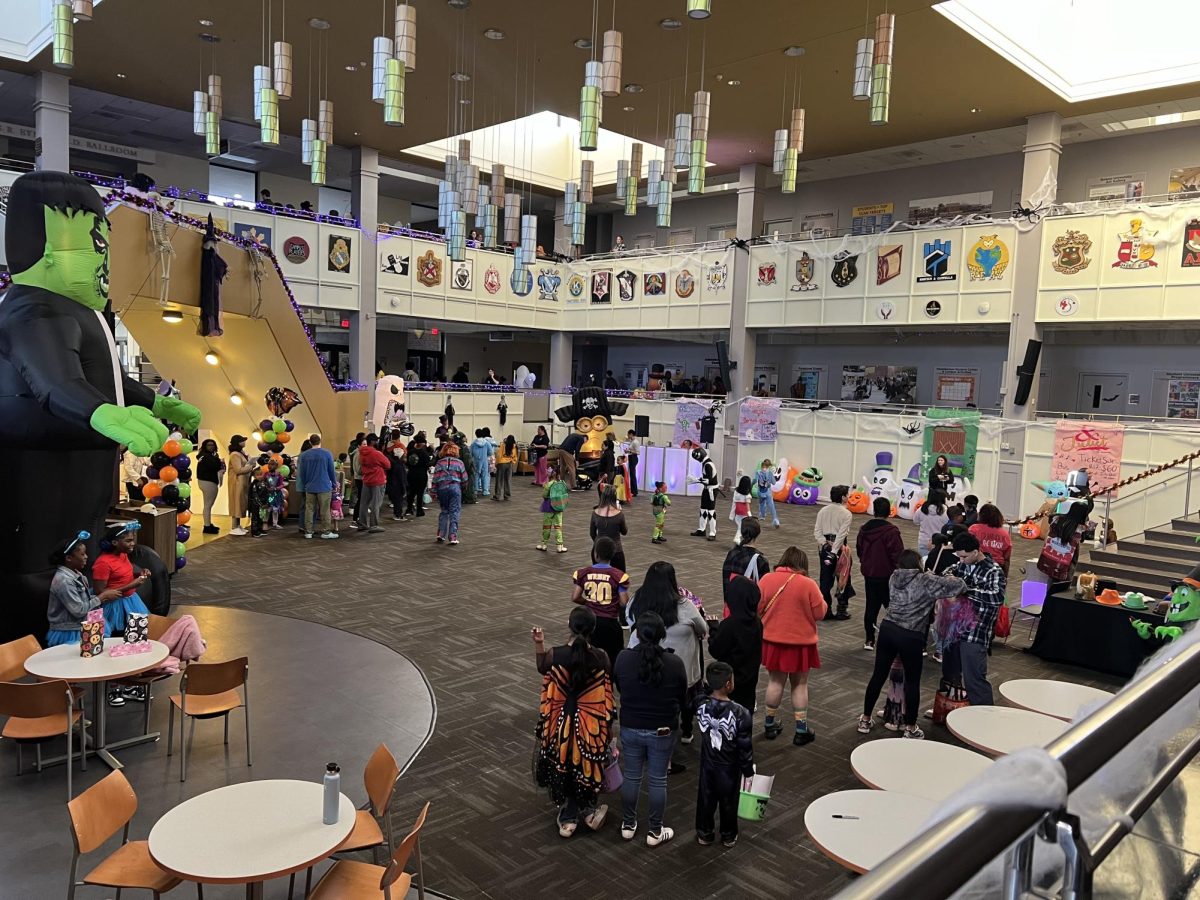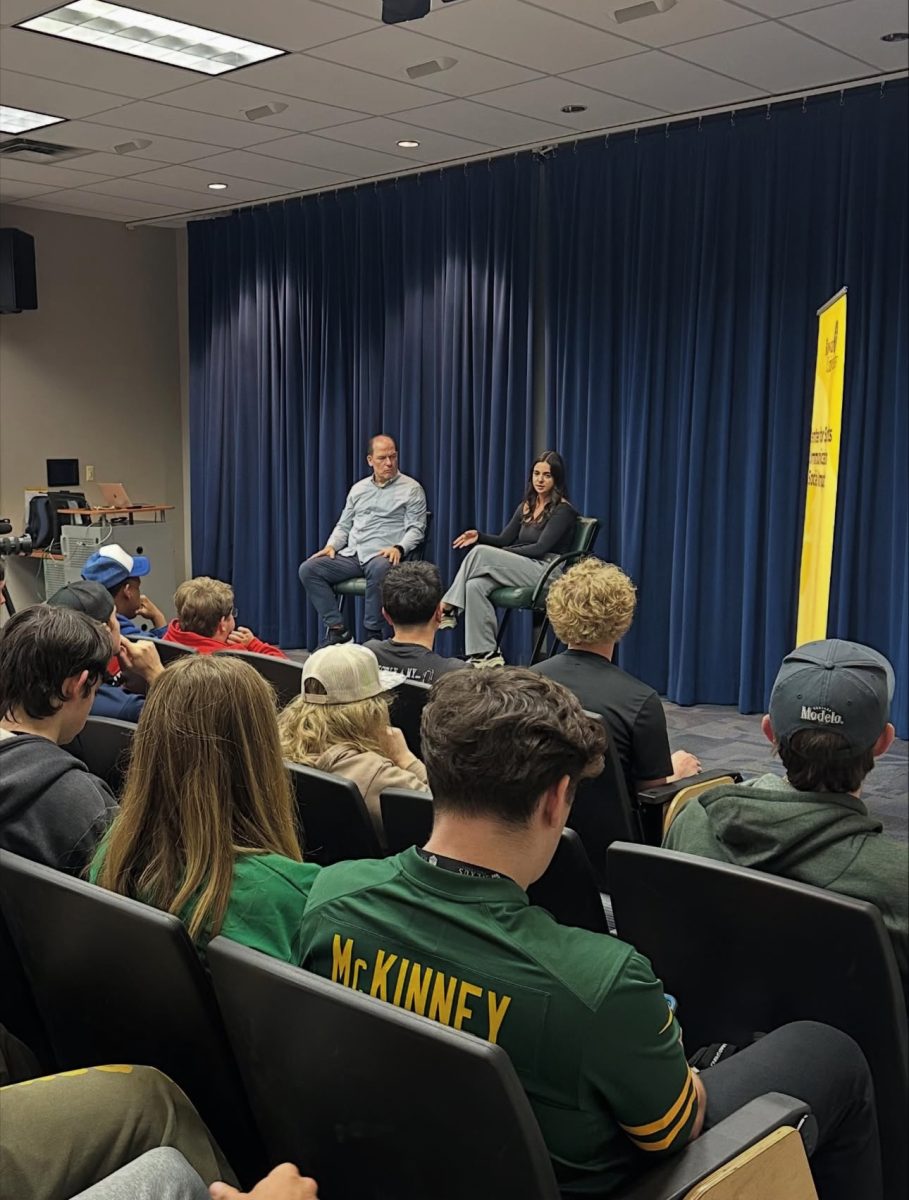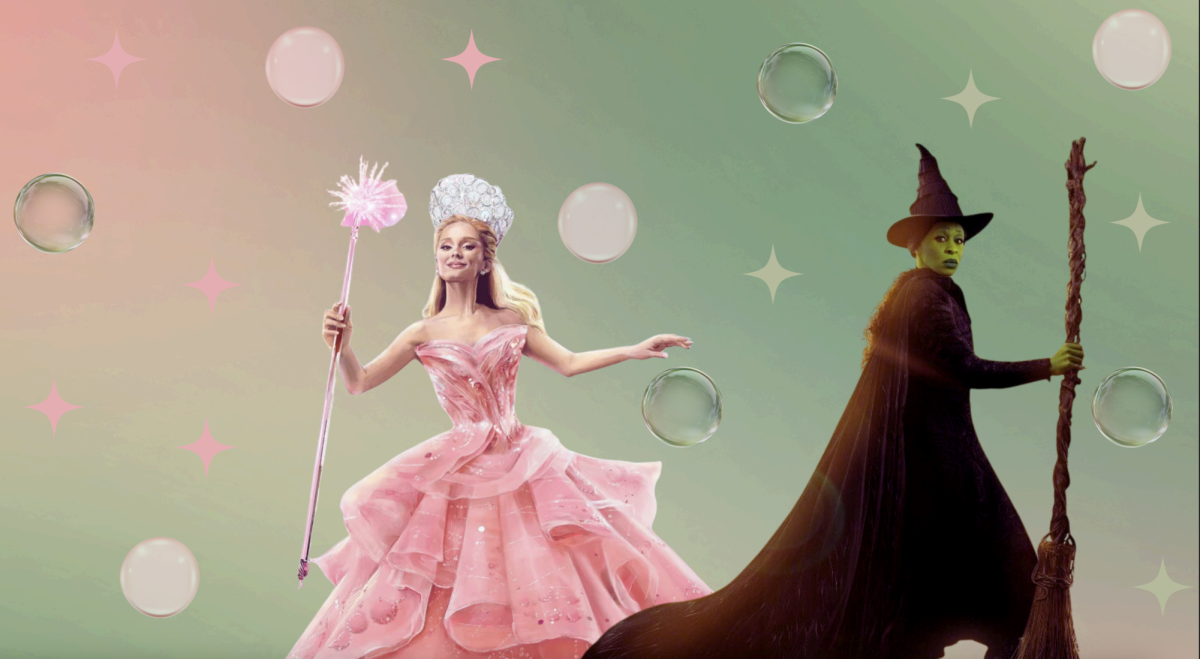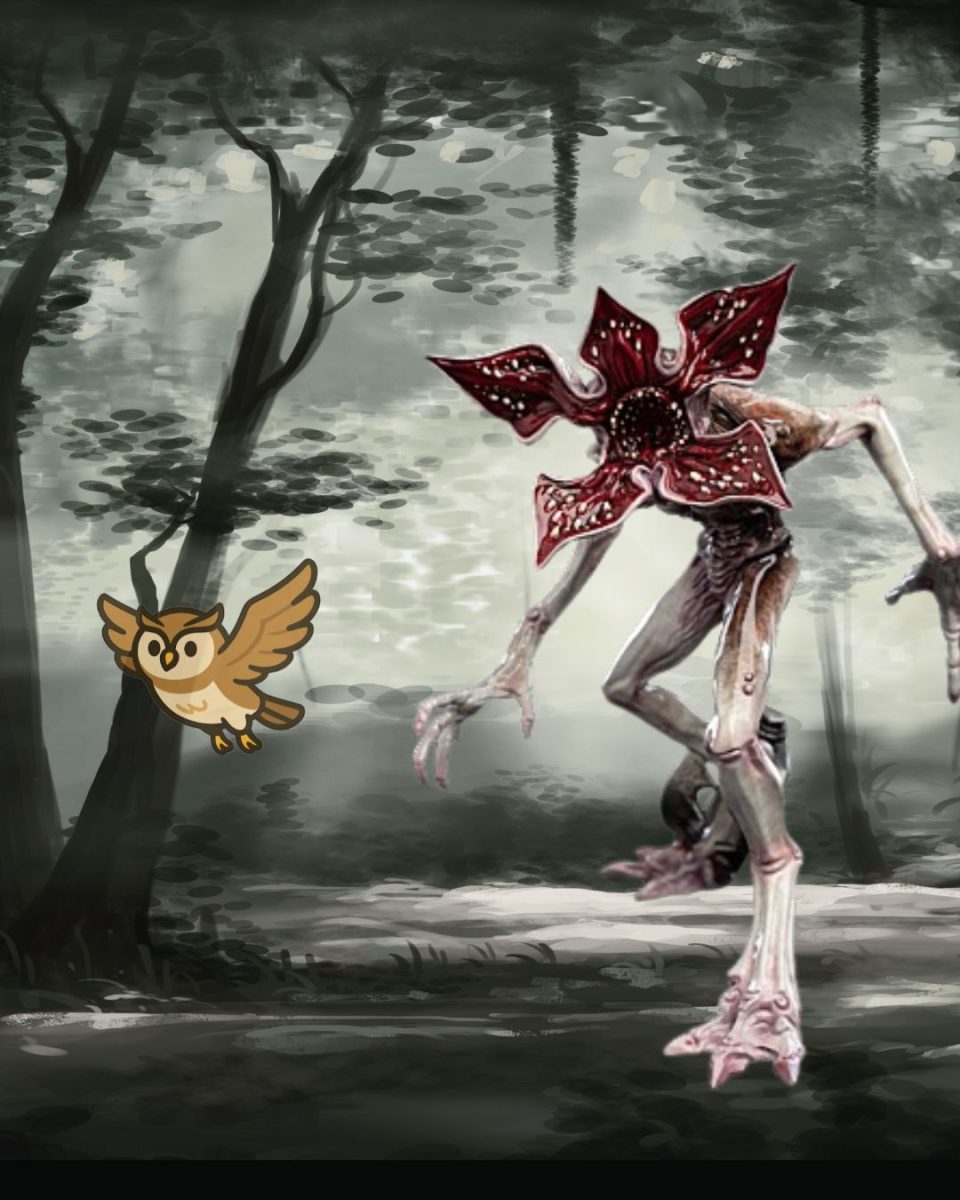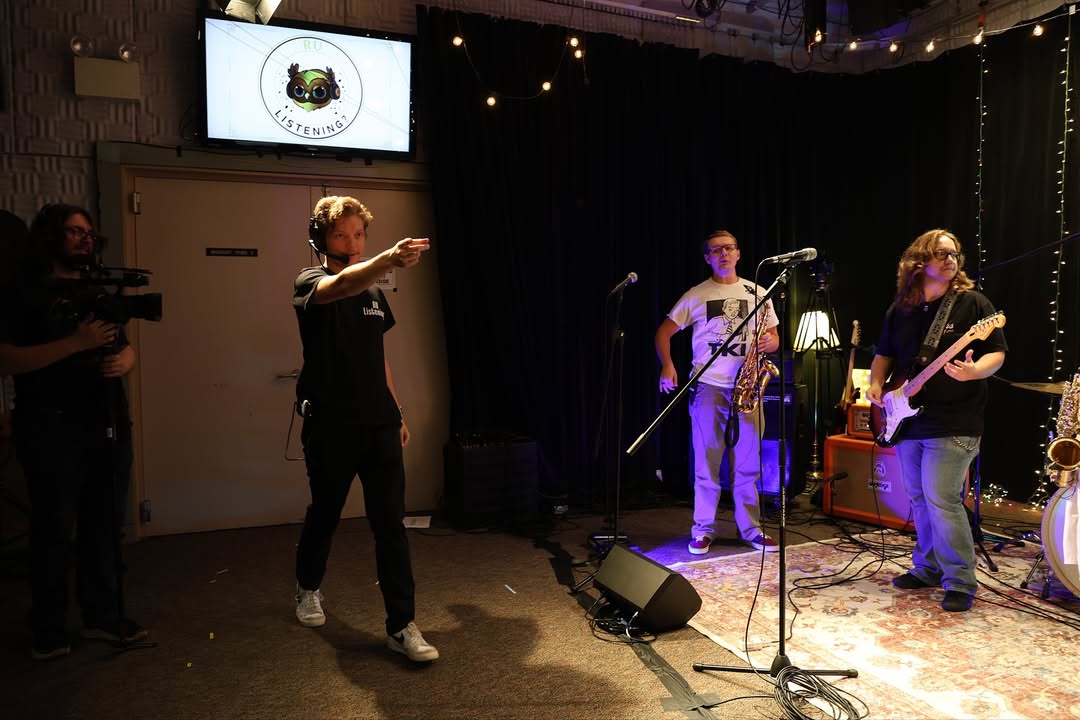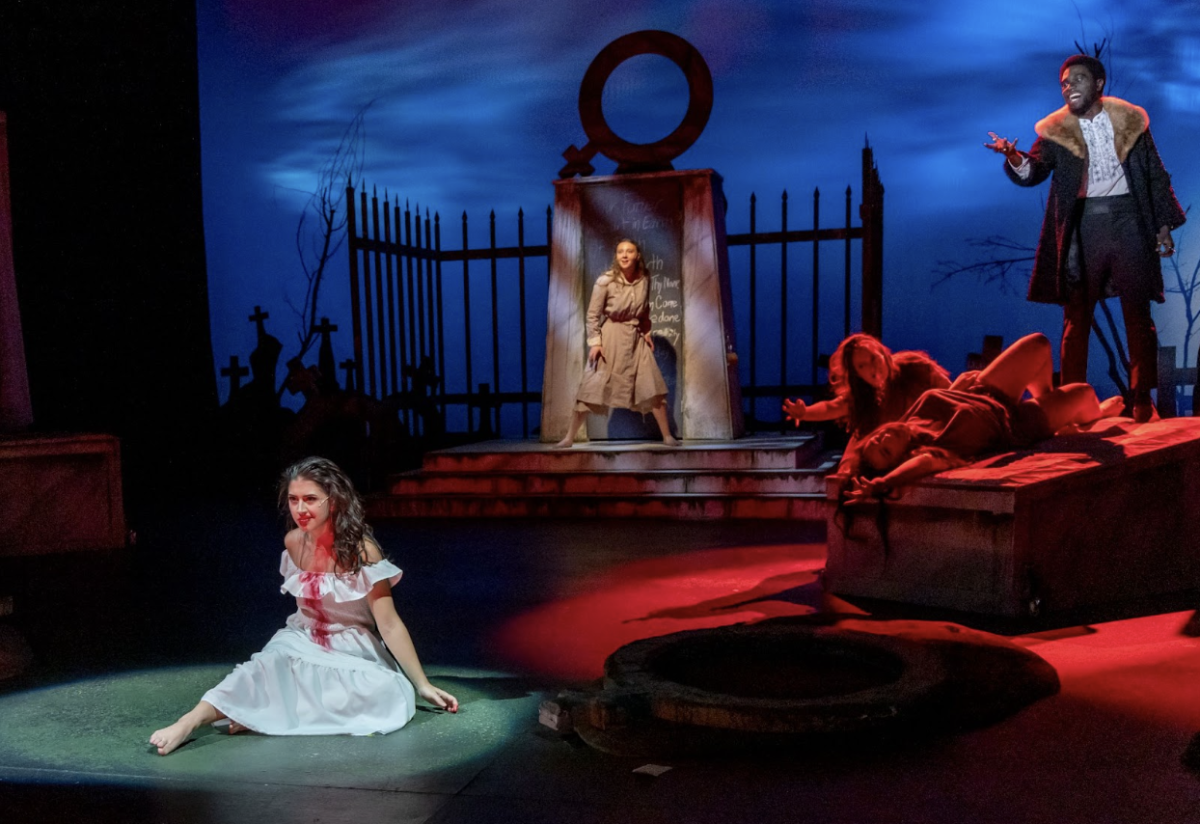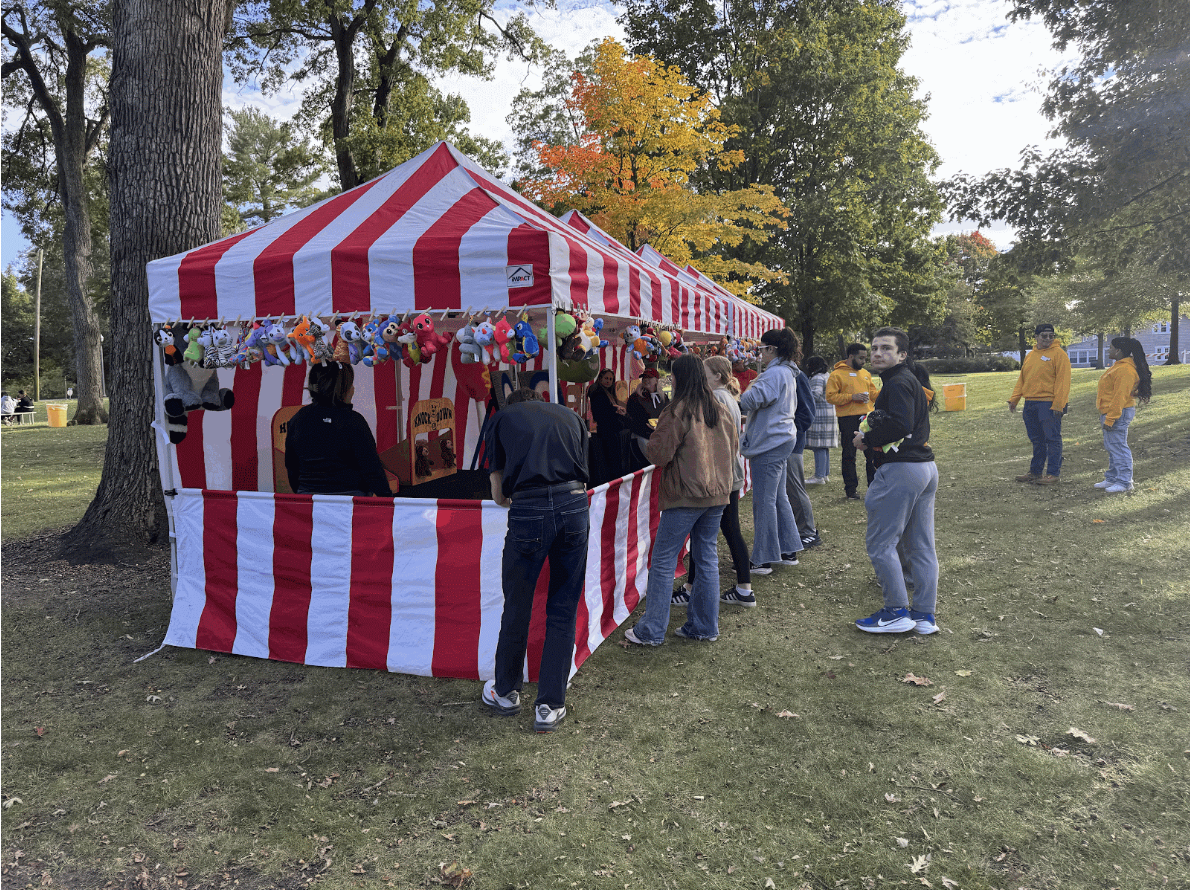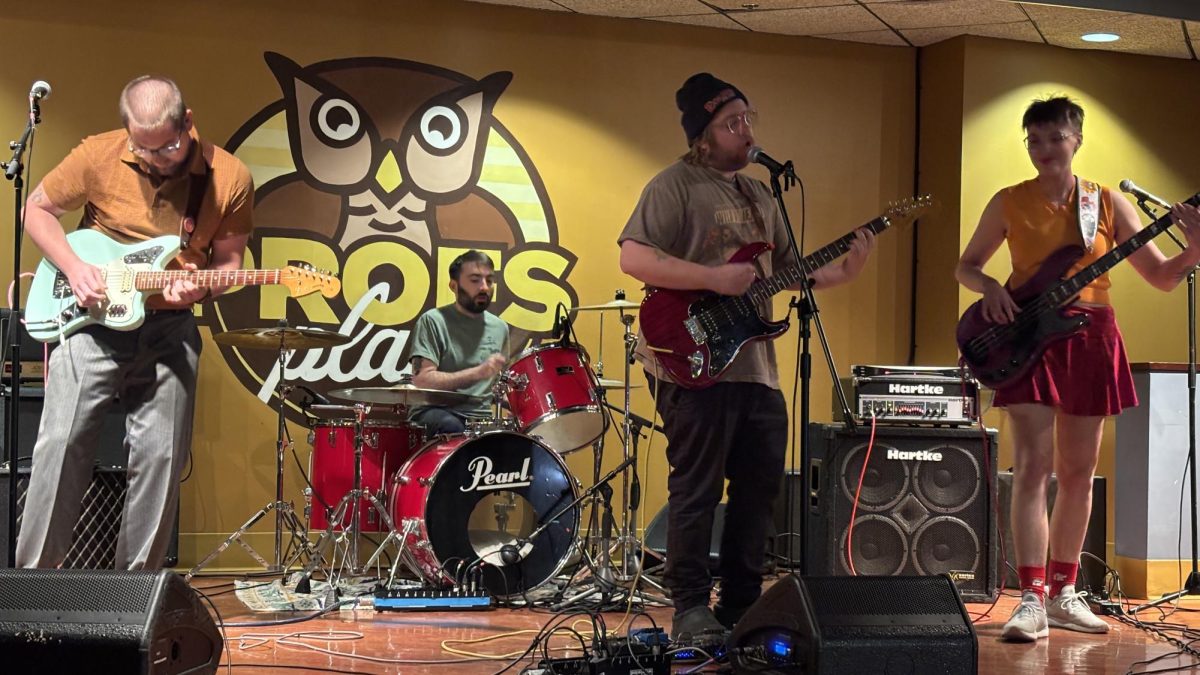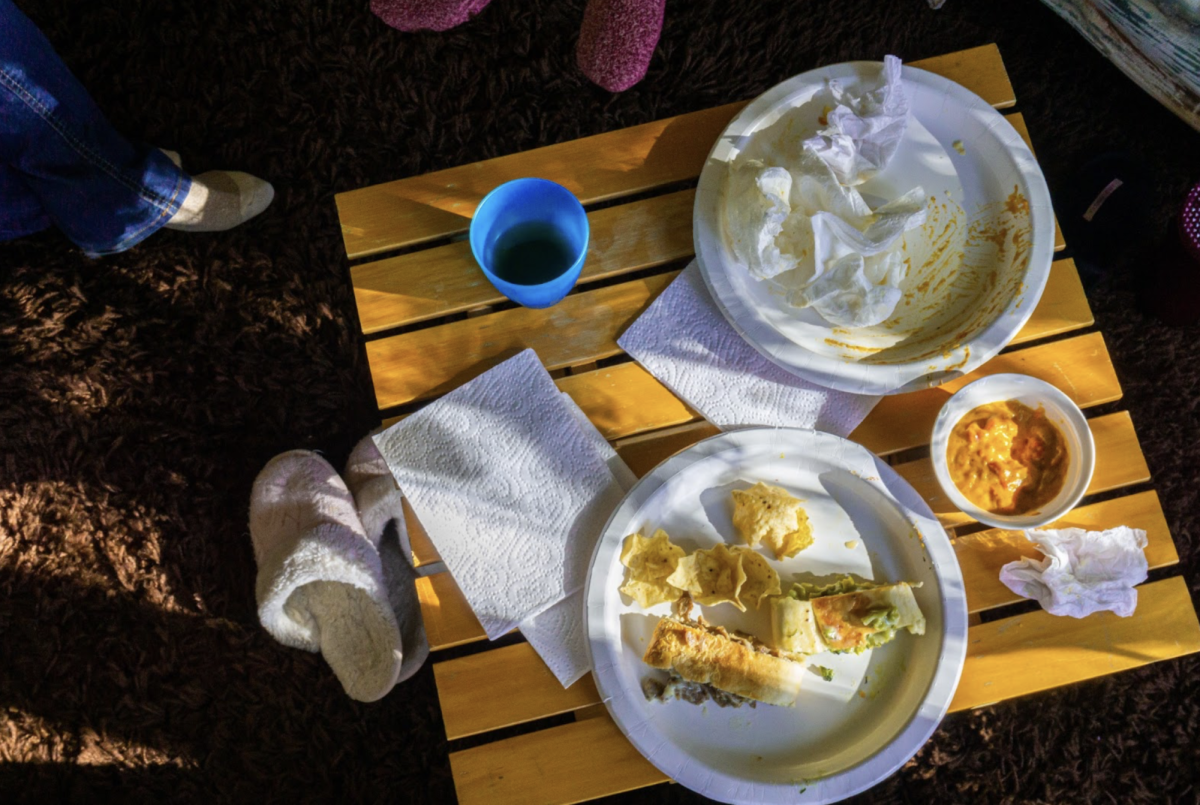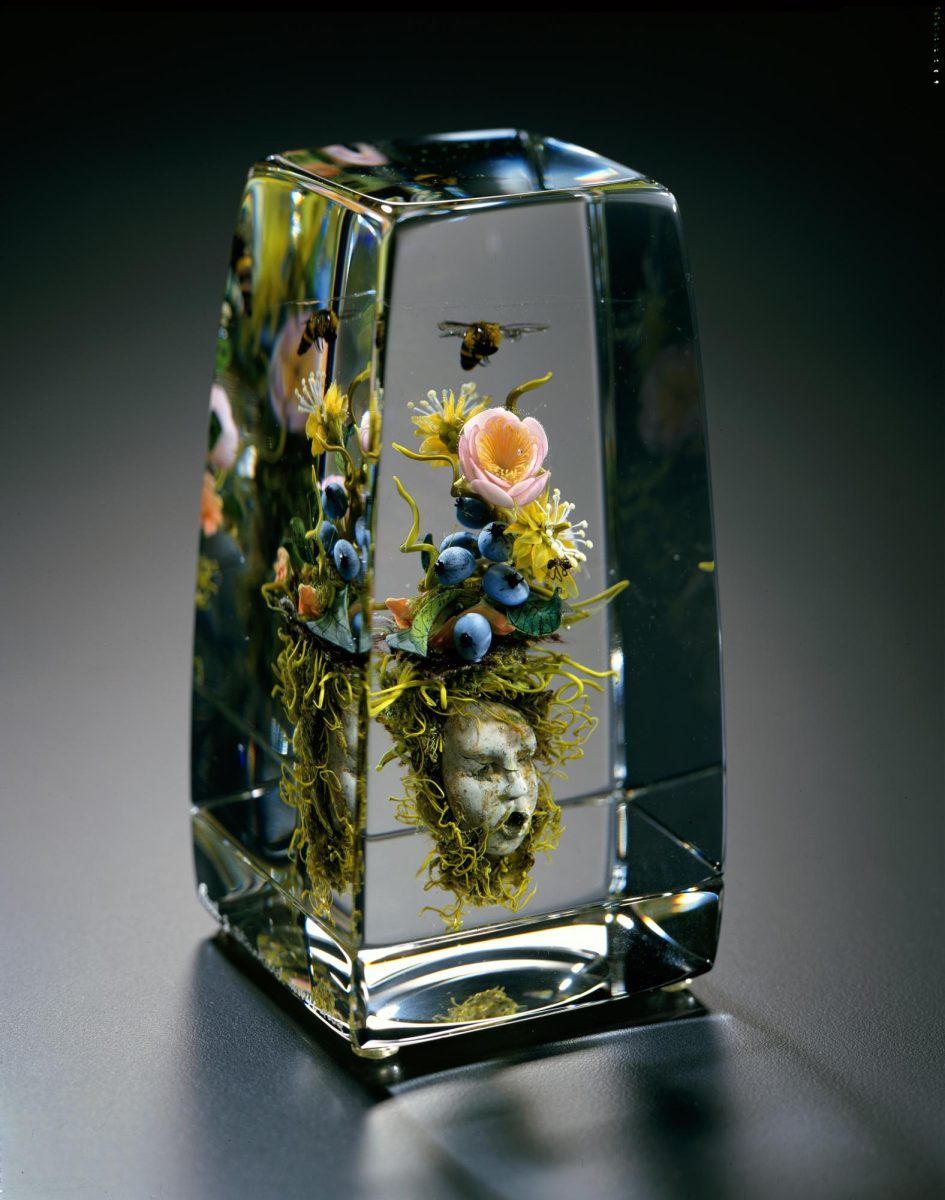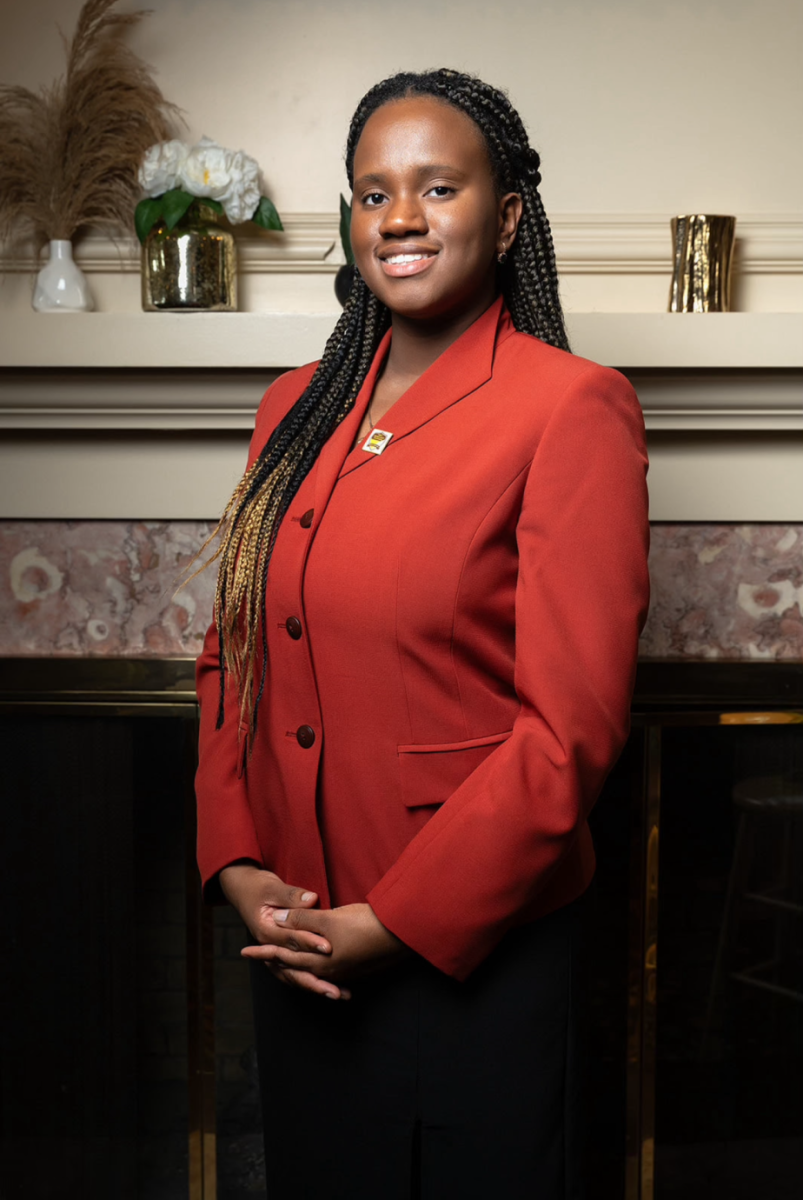Though signs of the town’s history in glass making are everywhere, from the name “Glassboro” itself to art pieces and signs strewn across various streets in the area, most Rowan students don’t pay much attention or often think about Glassboro’s roots as a glass-making hub.
The glass trade may no longer be the main thing Glassboro is known for, especially as Rowan University grows and takes more prominence in the area, but its influence on the history and culture of the region cannot be denied.
To pay respect to this rich history, the Edelman College of Communication and Creative Arts (CCCA) named Paul J. Stankard as this year’s artist-in-residence.
Starting his work in scientific glasswork at Salem County Vocational School, Stankard has been working in glass since 1961, starting in the industry upon his vocational school graduation in 1963. He transferred to more artistic glasswork in the ’70s, though he had always used his skill to make giftware in his free time.
“The art schools were expanding, and glasswork was one of the new kids on the block. And it was so sexy, people blowing class with the T-shirts or something…it just kind of grew. I was kind of an outlier because my training was in the factory. I mean, my skills were honed in the factory for science,” Stankard said. “But I had all this skill and I really was challenged by this studio glass movement. It took me about five years to forget my scientific glass so that I could move over into spontaneity, risk-taking, trying to express what I care about.”
Stankard’s art is heavily influenced by nature. Common motifs in his work include bees, flowers, roots, fruits, and human figures suspended in clear glass spheres, cubes, or slightly irregular prisms, causing different miniature glass elements to be magnified depending on the angle from which the viewer is looking at the piece.
Every component of Stankard’s works is made of glass, though not everyone realizes that upon first seeing his pieces.
“Sometimes they feel a little self-conscious, ‘Oh, I’m sorry. I should have known.’ No, it’s a wonderful compliment to me,” said Stankard.
Stankard became an artist in residence when University President Ali Houshmand approached him. Initially wanting Stankard to be an instructor in the art department, Houshmand decided instead to ask him to be an artist in residence upon Stankard expressing concerns about getting into such a big new endeavor at his age of 81.
“I really appreciate the opportunity to be involved. I love sharing with the young people, students,” said Stankard.
From the layout of his studio alone, Stankard’s dedication to his craft is clear. A separate building on his property leading back to his house with a stone path, the door opens up to a big open, naturally lit space. Oxygen tanks and propane sit to the right of the doorway and Stankard’s mottos, “Laborare est orare” and “Memento mori” sit facing the door, translating loosely to “To work is to pray” and “Remember to die” respectively.
Tables with various molds of spheres and cubes, as well as ovens for glass, are arranged neatly around the room. Up a short set of stairs, Stankard’s workbench and torch sit, small pieces for works in progress settled into dishes with flecks of colored glass scattered along the table. On another table, behind the workbench, several of Stankard’s fully finished glass spheres and cubes are displayed.
On the ground floor, through a doorway next to the tanks of oxygen and propane, there’s a doorway that leads to Stankard’s glass storage room. Every color of the rainbow is represented, held in plastic cylinders on the walls. Stankard uses commercially available glass, which comes in long, thick cylinders, which Stankard melts into thinner sticks for use in the art.
Stankard’s art is heavily influenced by the works of two of his favorite poets, Walt Whitman and Emily Dickinson.
“I invented a personal vocabulary to share my joy and my fascination with nature… it’s been an interesting journey. I feel very blessed. And lately, now that I’m old… I’m looking at life with a long spiritual lens,” Stankard said. “The Benedictine monks in the 1600s had a very sweet motto, to labor is to pray. And I really enjoyed that. I think, ‘Oh, you know, my labor is my prayer.’ And then beauty is sacred, so it’s all coming together.”
For comments/questions about this story DM us on Instagram @thewhitatrowan or email [email protected]

